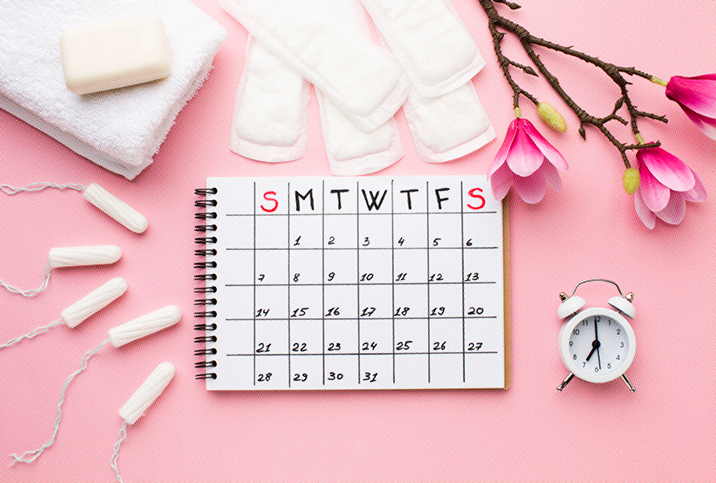What Is Oxytocin?

Oxytocin is a natural hormone that can cause powerful effects governing social behavior, reproduction, birth, pleasure and stress reduction. It's commonly referred to as "the love hormone" for its role in sex, trust and attachment.
"Oxytocin is both a hormone and a neurotransmitter that can make us feel good and feel a sense of connection with those we care about," explained Susan Milstein, Ph.D., a human sexuality health educator and medical review board member of Women's Health Interactive in Brooklyn, New York.
Oxytocin is associated with the other feel-good neurotransmitters, dopamine and serotonin. It's a significant chemical messenger found in all mammals.
How is oxytocin released?
Milstein explained that oxytocin is released in the hypothalamus, above the pituitary gland. The hypothalamus is the part of the brain that governs major functions such as appetite, body temperature, emotion regulation and hormone release.
Oxytocin is then secreted into the bloodstream by the pituitary gland, a pea-sized gland that governs major bodily functions such as metabolism and sexual function. Oxytocin is released in response to nerve activation, such as receiving a massage, birth or breastfeeding.
Oxytocin secreted from the pituitary gland is then released by oxytocin receptors in response to various stimuli.
"Lots of things can cause it to be released, including being aroused by a partner, feeling close to a loved one, exercise or even listening to music," Milstein said.
Though oxytocin is associated with social behavior, people don't require the direct contact that its alias, "the love hormone," would imply.
"You don't need to have a partner to release oxytocin; spending time with friends can cause it to be released, so can petting your dog," Milstein said.
You don't need close proximity to others to release oxytocin, either.
"Exercise, listening to music, masturbation and medication can all cause a release of oxytocin," Milstein said.
Low-intensity stimulation on the skin, such as holding hands or a massage, and warm temperatures can trigger a release of the hormone, too.
But there is a reason behind the hormone's nickname. Milstein said people think of oxytocin as either "the love hormone" or the "cuddle hormone" and associate it with birth and babies.
"All of these are accurate. Oxytocin is released during both sexual arousal as well as during cuddling and sensual massage. Touch or being around someone we care about can both lead to the release of oxytocin," Milstein added.
Oxytocin is also one of the few hormones whose production and release have a positive feedback loop, meaning activation stimulates the pituitary gland to produce more of it. The most common point of reference for oxytocin's feedback loop is during birth, when oxytocin creates uterine contractions and its release results in stronger contractions.
What is oxytocin associated with?
Oxytocin's wide-ranging effects are associated with childbirth, breastfeeding, sex, social behavior, stress and a birthing parent's ability to bond with their infant. Oxytocin also governs many emotions, such as happiness and affection. Oxytocin was initially deemed a "female" hormone because of its role in childbirth and breastfeeding, but it is present and significant in males and females. However, oxytocin levels may be higher in women. It's rare for people to produce inadequate oxytocin levels.
Numerous studies on animals and humans show surprising benefits of the hormone: It may help with addiction cravings, wound healing, infant bonding and social stress. Researchers are exploring the hormone's role in mental health, namely addiction, depression, eating disorders and post-traumatic stress disorder (PTSD). Much of this research is in the preliminary stages.
Stress and oxytocin
"Oxytocin can help bring down our blood pressure and our cortisol levels. Cortisol is one of our stress hormones, and as those levels come down, our bodies will get to relax," Milstein said.
Oxytocin can also increase pain tolerance.
The use of oxytocin has been postulated as a concept to alleviate psychiatric symptoms, because of oxytocin's effects on stress regulation. Oxytocin has also been found to reduce anxiety-related behaviors and plays a significant role in sleep promotion.
Birth, lactation and infant bonding
Oxytocin is released during childbirth and breastfeeding, Milstein explained. The word "oxytocin" comes from the Greek language and means "swift birth," and there's a reason for the accurate translation: Oxytocin stimulates uterine contractions. Then oxytocin release continues after childbirth and helps the birthing parent birth the placenta.
Oxytocin can also be administered as an agent to induce labor or speed up a labor that began on its own. After oxytocin is administered, contractions usually start shortly afterward. Oxytocin's release may also boost the production of prostaglandins, which also help stimulate uterine contractions.
During breastfeeding, oxytocin takes on an impressive role. Oxytocin helps to stimulate lactation in response to nipple stimulation when an infant is breastfeeding; oxytocin causes breast milk to release. The "letdown reflex" or "milk ejection reflex" allows breast milk to flow, which causes a release of oxytocin in the bloodstream. The reflex is conditioned by a nursing parent thinking about their baby, expecting to feed or hearing their infant cry.
Various animal studies associate an increase in care and bonding with offspring with increased oxytocin levels. The other feel-good effects of oxytocin also help new parents care for their infants. Oxytocin may also increase levels of affection, which is part of the reason skin-to-skin contact is recommended after birth; holding an infant increases oxytocin levels.
If you can have oxytocin administered during birth, is it possible to take a prescription version and receive the same touted benefits of the hormone? Clinical trials are examining its effects as a nasal spray. Some studies find taking a synthetic version of the hormone exacerbates stressors and increases hypersensitivity.
The effects of naturally occurring oxytocin are extensive. From being instrumental in birth and lactation to helping direct social behavior and regulating stress, there's a reason this hormone is classified as a feel-good one. There are also plenty of ways to release oxytocin: through sex, exercise, hugging, spending time with loved ones and listening to music. Much of the research around oxytocin as a treatment for addiction and psychiatric disorders is still emerging, but there's reason to continue to explore its capabilities.




















